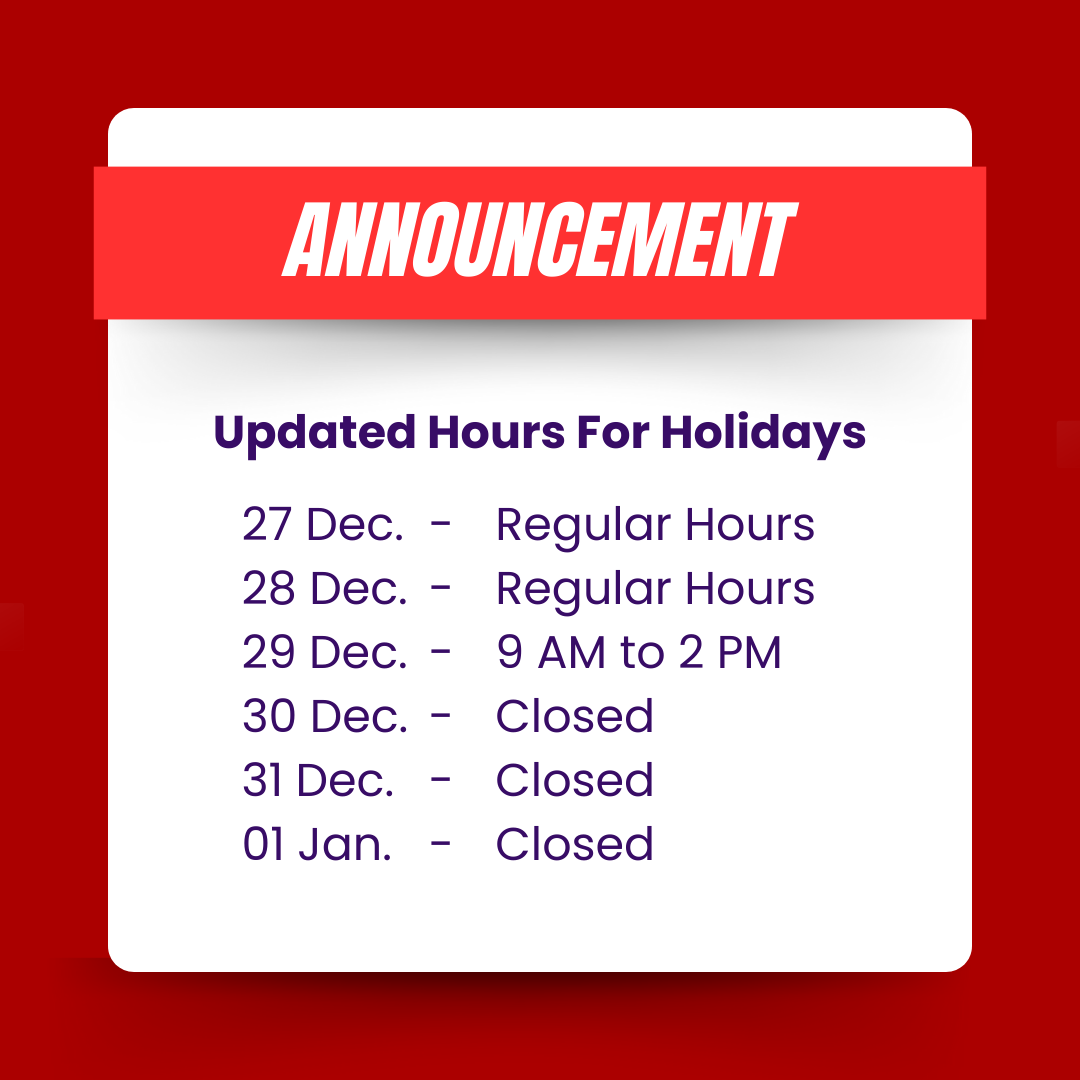With regards to putting away your vehicle for longer periods, it requires more than tossing a sheet over it and securing it in the carport. In the event that you don’t anticipate utilizing your vehicle for a long period of time, there are a few steps that you can take to keep it fit as a fiddle until you’re ready to take off once more. You may even have the option to lower the cost of your auto insurance while your vehicle is not in use.
Remember these pointers as you get ready to store your vehicle:
1. Find the ideal spot to store your vehicle. Regardless of whether you have space in your own carport or you plan on taking your vehicle to a vehicle storage, make certain to :
– Avoid areas with overabundance of moisture. Your vehicle most likely doesn’t need to be put away in a temperature controlled environment but an excess of moisture can lead to rust.
– Store your vehicle on a level cement or black-top surface. Try not to store it on rock or uncovered earth, as both can open it to additional dampness and different contaminants.
2. Refill your vehicle’s fluids. Condensation can form when there’s unfilled space inside your vehicle’s liquid tanks for a prolonged timeframe, and this can prompt erosion and different problems. It’s necessary to top up on fuel, windshield washer, and brake, at that point take your vehicle for one final turn to get the fluids flowing before you store it.
3. Consider the utilization of fuel stabilizer. In case you will store your vehicle for an extended period, utilizing a fuel stabilizer can help broaden the life of the fuel in your tank and secure your gas tank and gas lines.
4. Secure your vehicle from bugs. This implies blocking all air vents and obstructing your fumes pipe with steel wool to shield little creatures from getting in and making their home in your car.
5. Give your car a thorough wash. Remove all trash and vacuum. Remember to clean the wheels, at that point give your vehicle sufficient opportunity to dry before you put it away.
6. Replace the vehicle’s oil quickly before putting away it. Regardless of whether you’re due for an oil change right now, it’s a smart thought to do this if you can.
7. Preserve your wiper blades. Support them and cover with material to keep them in excellent shape and prevent from leaving blemishes on your windshield.
8. Keep in touch with your insurance broker to get some information about saving money by taking your vehicle off the road completely until you’re prepared to drive once more. Make sure to contact your broker and dealer about the coverage you’ll require before you choose to get back on the road.
Recommended to read: What is Hydroplaning and how can you prevent it?







